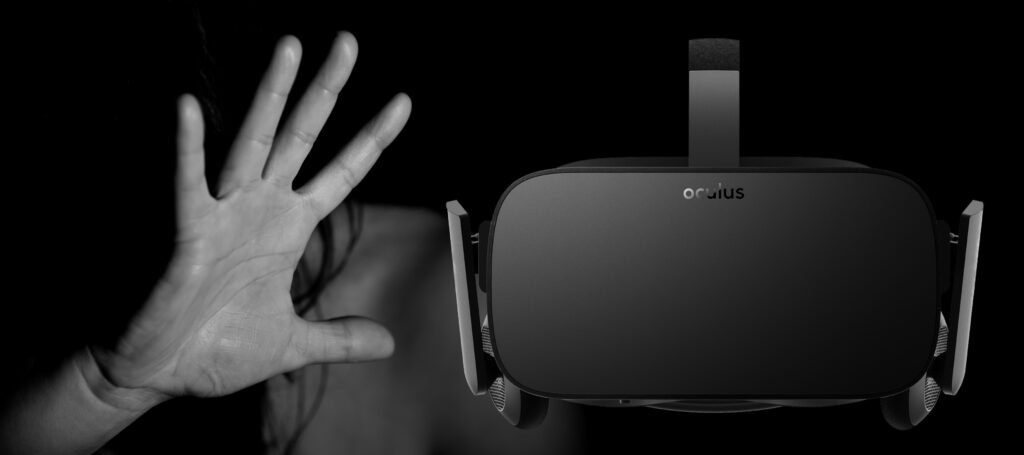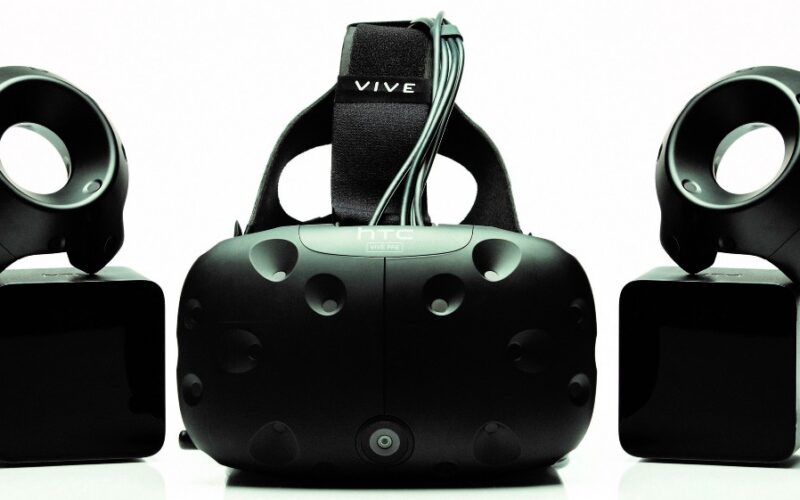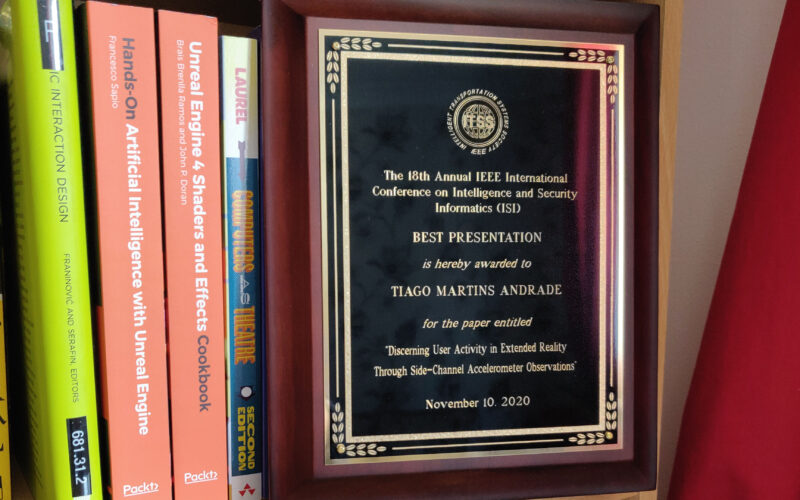How bad developers can taint the future of VR

In the past 4 days, I was at Lisboa Games Week helping showcase a VR game called Ganbatte. In addition to showcasing the game, I also got time to have a look around and talk to players and devs. I immediately realized that, even today, there are a lot of people that never tried VR or are afraid of trying because of a bad experience they had in the past. There were a lot of VR games being showed, a few of them with great ideas, but some things strucked me as odd the more I looked at people trying the demos:
The dev teams helping people play their games were completely oblivious or didn’t care at all what the person was feeling inside the game.
This for me is the most important thing you should be looking for in your game when someone is playing it. In any type of game (VR or not), I think you should look for what emotion is your game giving to the player. Is this the right emotion that you want people to feel? In the end, did they enjoyed the experience? Was anything missing? If they didn’t like it, what caused it? These are the questions you must ask your audience to assess the quality of your game. You should learn from them and feed that knowledge into improving your game.
Players feeling Motion Sickness and other symptoms while playing and Developers blaming something else for causing it.
I saw this happening (even to me, after trying one of the games), and after approaching the team about this issue they just responded they were using the teleportation system and therefore their game didn’t provoke motion sickness, it was the device.
For all VR devs out there, please do your research properly! The teleportation method isn’t the only solution for all the games (for more info on this matter, check out this link https://xinreality.com/wiki/Locomotion). You should study very carefully each one and playtest them to see the one who fits better into your game. For example, for a game where you need to have spacial awareness, maybe teleportation isn’t the best method to use because it causes disorientation and it’s immersion-breaking. Maybe Tunneling is more appropriate. You start knowing about these things if you do your homework.
People watching someone play and not respecting the play area in VR.
I saw multiple times outside people watching someone play a VR game and try to block the sensors of the device, or just being in the play area and not let the player move freely.
When this happens, devs or people showcasing the game must take action to stop it because those disturbances will have a major impact on the players’ experience. Blocking the sensors can also be dangerous because if the device loses the tracking position of the player, he/she may fall or hurt himself because of disorientation!
Not cleaning the headset and controllers after each player
Devices start to heat, the environment is usually hot and by the movement of the players, they will start to sweat. My advice here is to do what we did at our booth. We bought a leather cover (foam replacements) and with tissues and alcohol sterilized the headsets and hand controllers after each session. You can buy one here: VRCover. That way not only you give a better experience for the next user, you also prevent spreading diseases to your community.
“Virtual reality’s biggest enemy is bad virtual reality” — Palmer Luckey
When developing a VR game or experience, it’s important to understand that when a player has a bad experience in VR, he/she will probably never want to return to it ever again. That happens because your brain is wired to instinctively remember a bad experience and avoid repeating it in the future.
With this said, feeding a bad VR experience to a newcomer will result in that player possibly never returning to the same game or device!
Not only are you providing a bad experience to someone, you’re harming the VR world by painting a bad image to possible future customers/audience/community!
“The fear is if a really bad V.R. product comes out, it could send the industry back to the ’90s” — John Carmack
So, for all VR fellow developers, bear in mind it’s our mission to create and give the best possible experience to all of the players, especially the ones who are trying VR for the first time. Try to understand what is happening in your game and improve it using all the feedback you receive in the play sessions. When you see someone misbehaving, correct them and explain why you did it if possible. Showcase something that you know will be stable at least and not give motion sickness to the players. Take the time to create the best and cleanest experience you can. It’s the only way to truly unleash the potential of this technology.
Because if you don’t do it, you are tainting the future of VR!
Originally published at https://medium.com/@tagowill.
MORE RELEASES
-
Creating a basic VR demo using Unreal
Read MoreAn quick and easy tutorial on creating your first VR application with Unreal Engine
-
eXtended Reality Access Control
Read MoreScientific paper that highlights an important issue for those seeking to utilise XR (virtual reality, mixed reality, etc.) for secure applications.
-
[Award-winning] Discerning User Activity in XR Through Biometric Side-Channels
Read MoreScientific paper that highlights an important issue for those seeking to utilise XR (virtual reality, mixed reality, etc.) for secure applications.


